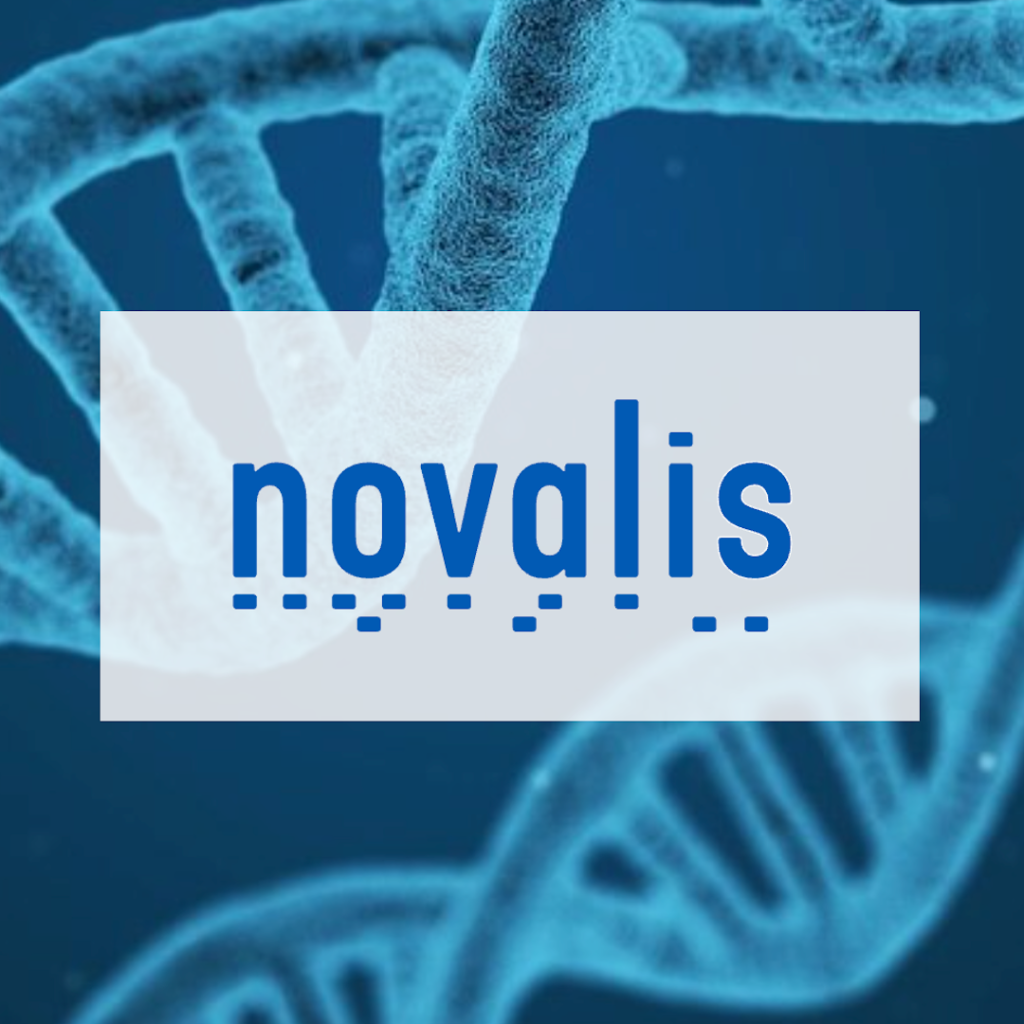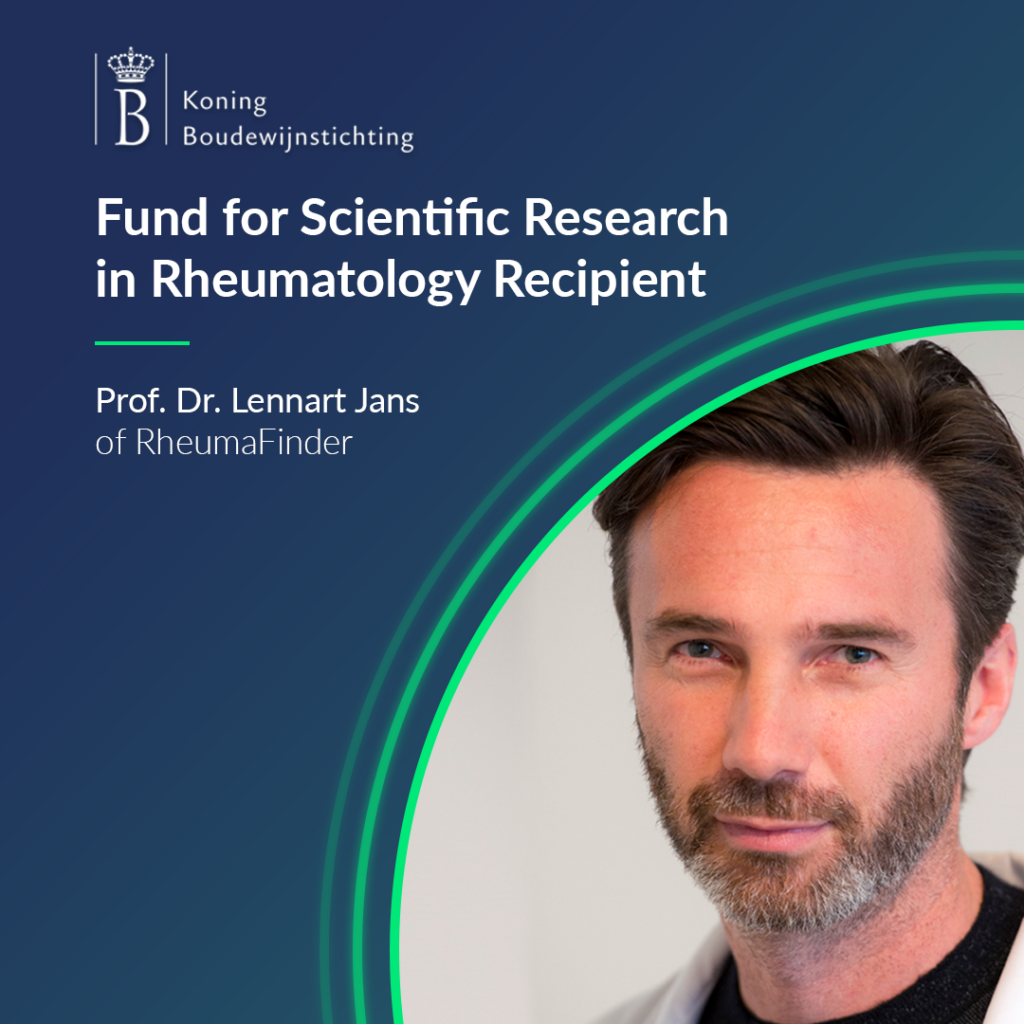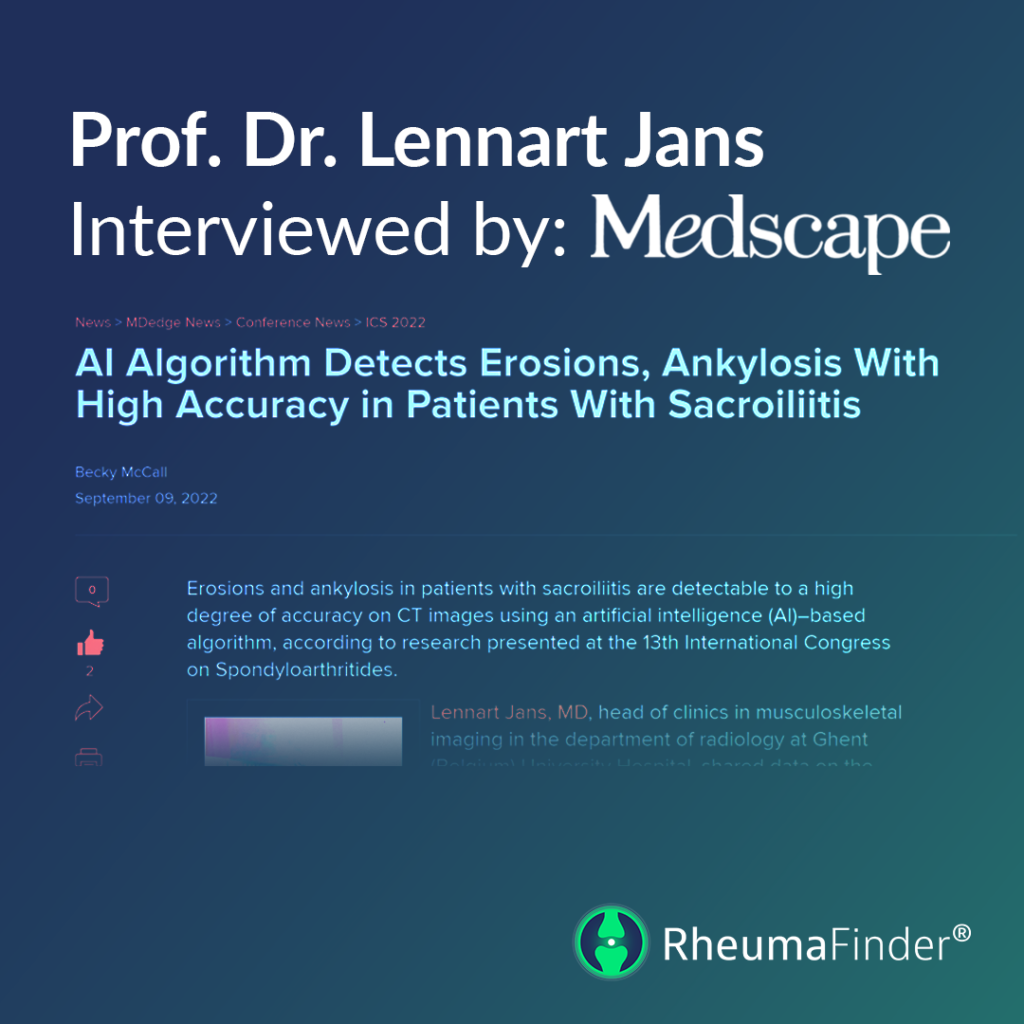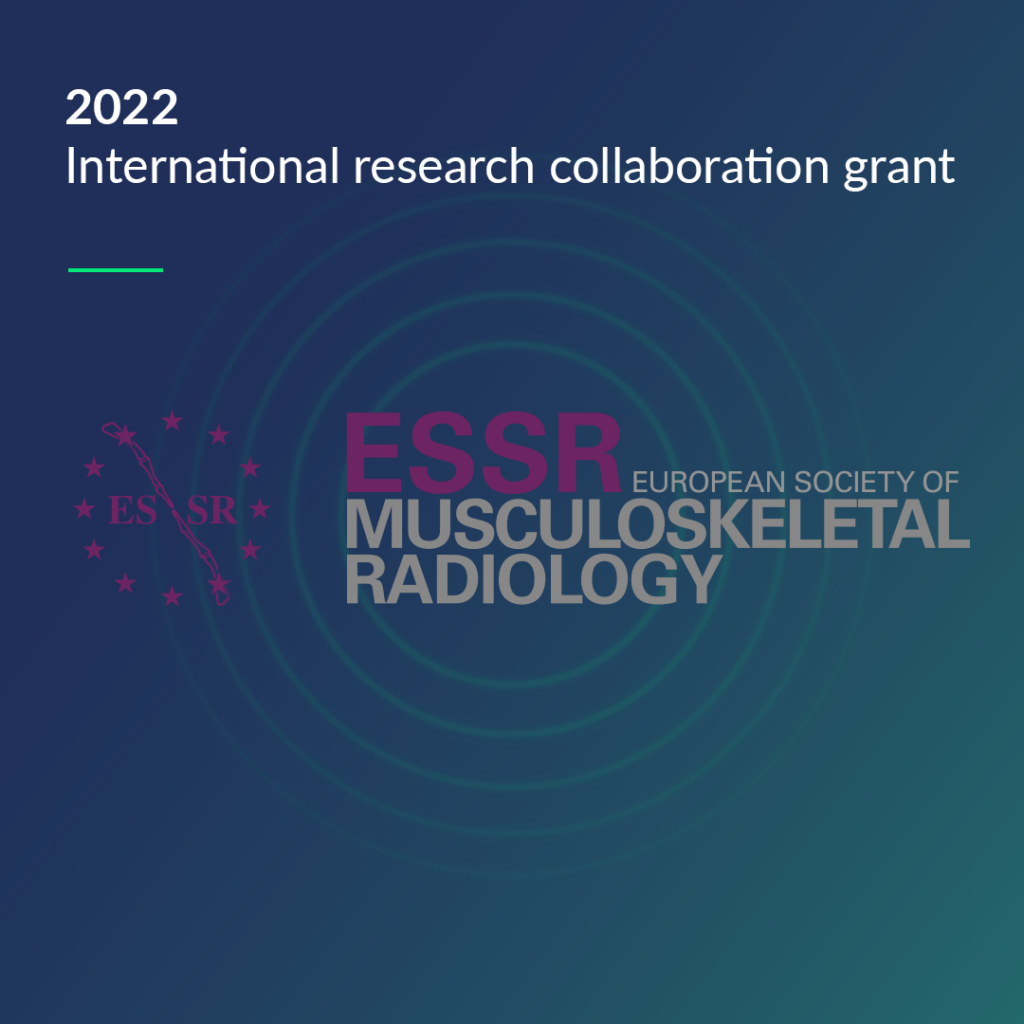RheumaFinder is an AI-powered application that detects rheumatic diseases on a range of radiological imaging modalities
Developed for the early detection of rheumatic diseases, RheumaFinder can detect hallmark lesions even before patients experience any clinical symptoms. Moreover, RheumaFinder can detect patients with rheumatic diseases who otherwise would have never been diagnosed. Cloud native and PACS-agnostic, RheumaFinder will be implemented as an add-on application to any type of PACS, opening up new possibilities for higher diagnostic pickup rates and early detection and treatment of rheumatic disease with improved patient and societal outcomes.
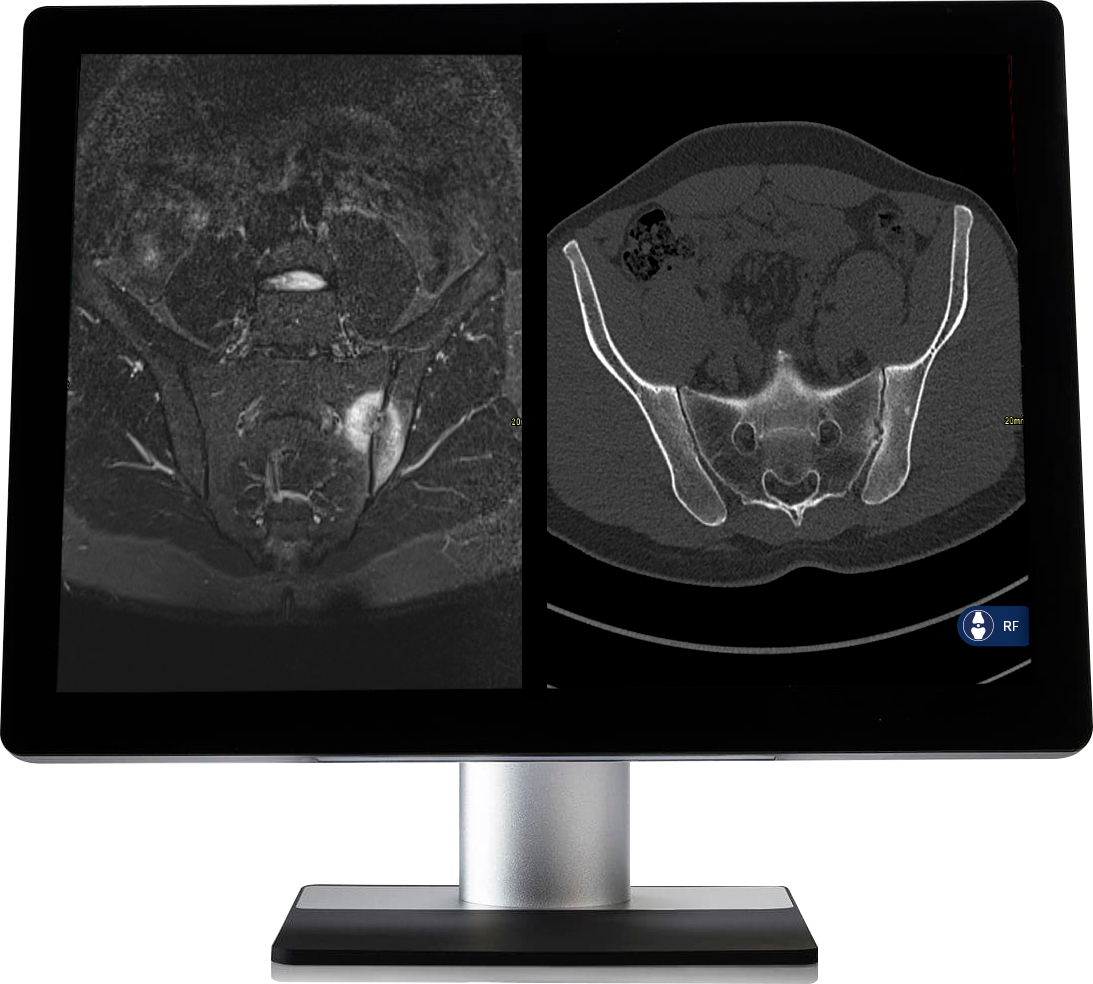
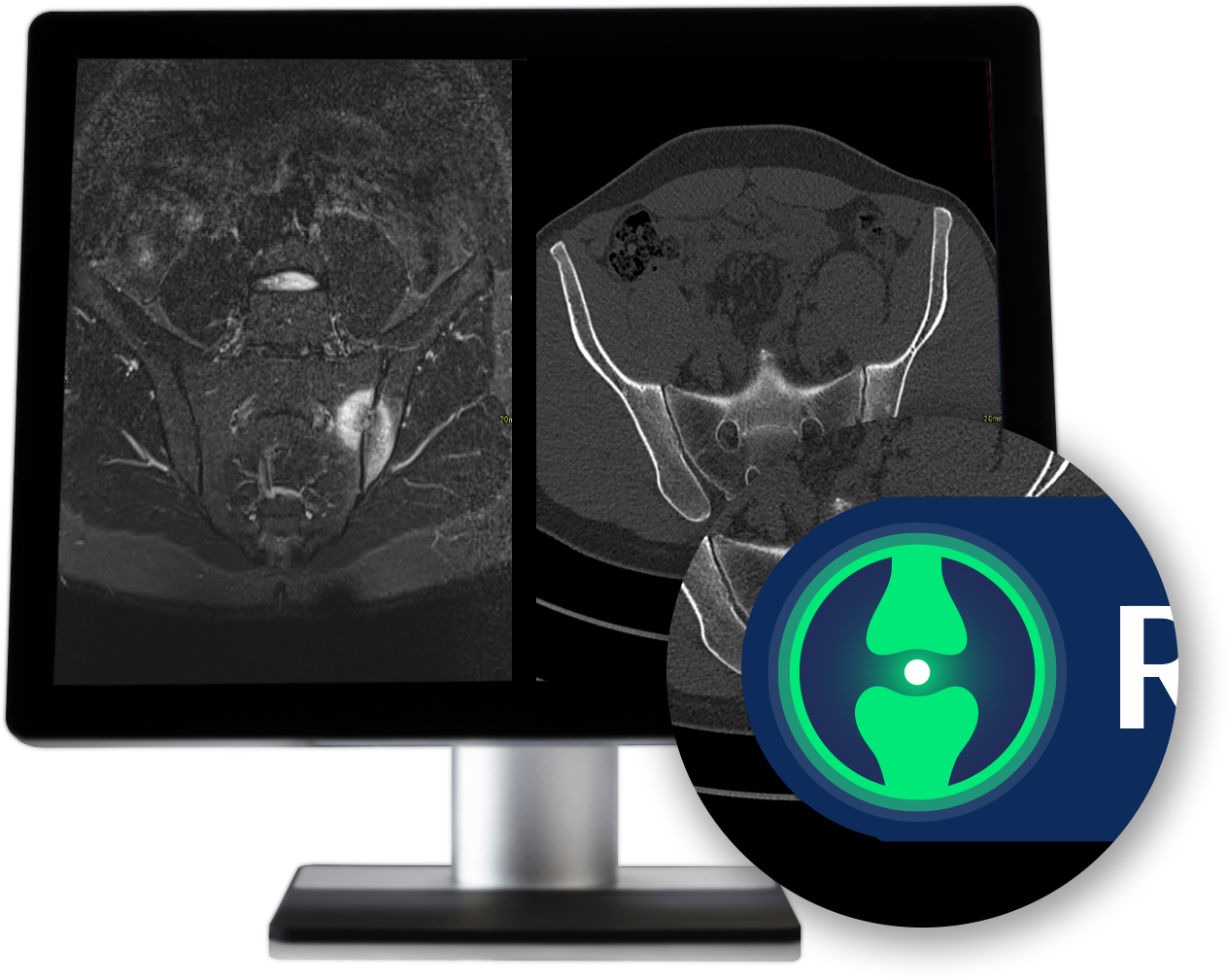
Early detection of rheumatic diseases
in medical imaging
Artificial Intelligence (AI) can be used to detect lesions and discover new imaging biomarkers for early diagnosis and prevention of diseases. In this way, more precise disease monitoring and follow-up is enabled, providing an extra layer of image interpretation and useful information.
Frequently, in medical images obtained for other diagnostic questions, incidental findings are present. Despite being detectable in the images, they are often not picked up due to their subtle appearance and foremost time constraints in the clinical practice. Preventive early detection of disease can be achieved when the power of AI is used as an extra pair of eyes to support radiologists in the background.
AI is being used in radiology in a number of ways today. However, deep learning algorithms have not yet been applied in real-world imaging into applicable use cases in imaging of structural joint damage caused by inflammation in rheumatic diseases. For the most effective use of AI, it is necessary to coordinate the input of high-quality expert-labelled medical images and algorithm development between physicians and computer scientists. These use cases can solve increasingly challenging problems in clinical practice. This (r)evolution in imaging depends on applying powerful AI tools to clinical problems in the best possible ways, i.e., the successful development of AI use cases.
Early diagnosis and treatment of rheumatic diseases can prevent irreversible structural lesions of the joints and disability thus improving quality of life in these very common diseases
Developed for the (early) detection of rheumatic diseases, the RheumaFinder application is an AI-powered add-on to your PACS that may detect disease, even before patients themselves are aware of any symptoms. Moreover, it can detect inflammatory joint damage on a range of medical imaging techniques as incidental finding in examinations that are performed for other diagnostic questions.
The RheumaFinder software uses advanced AI to analyse medical images for (early) signs of the disease. We develop algorithms envisioning eight major groups of use cases. Exceptional high-quality labelling of international datasets resulted in unsurpassed results (90% of all patients with detectable and important lesions are identified in the proof-of-concept of our first use cases).
As cloud native solution, RheumaFinder will integrate the power, speed and flexibility of cloud computing. RheumaFinder will be implemented as an add-on to any type of PACS, quickly and easily. Available as a Software-as-a-Service, in a customer-tuned pay-per-use model with multiple classification categories, the efficacy of these algorithms in clinical practice will be supported by significant scientific and clinical validation studies from across Europe, the US and Canada, fully compliant with GDPR and HIPAA privacy regulations.
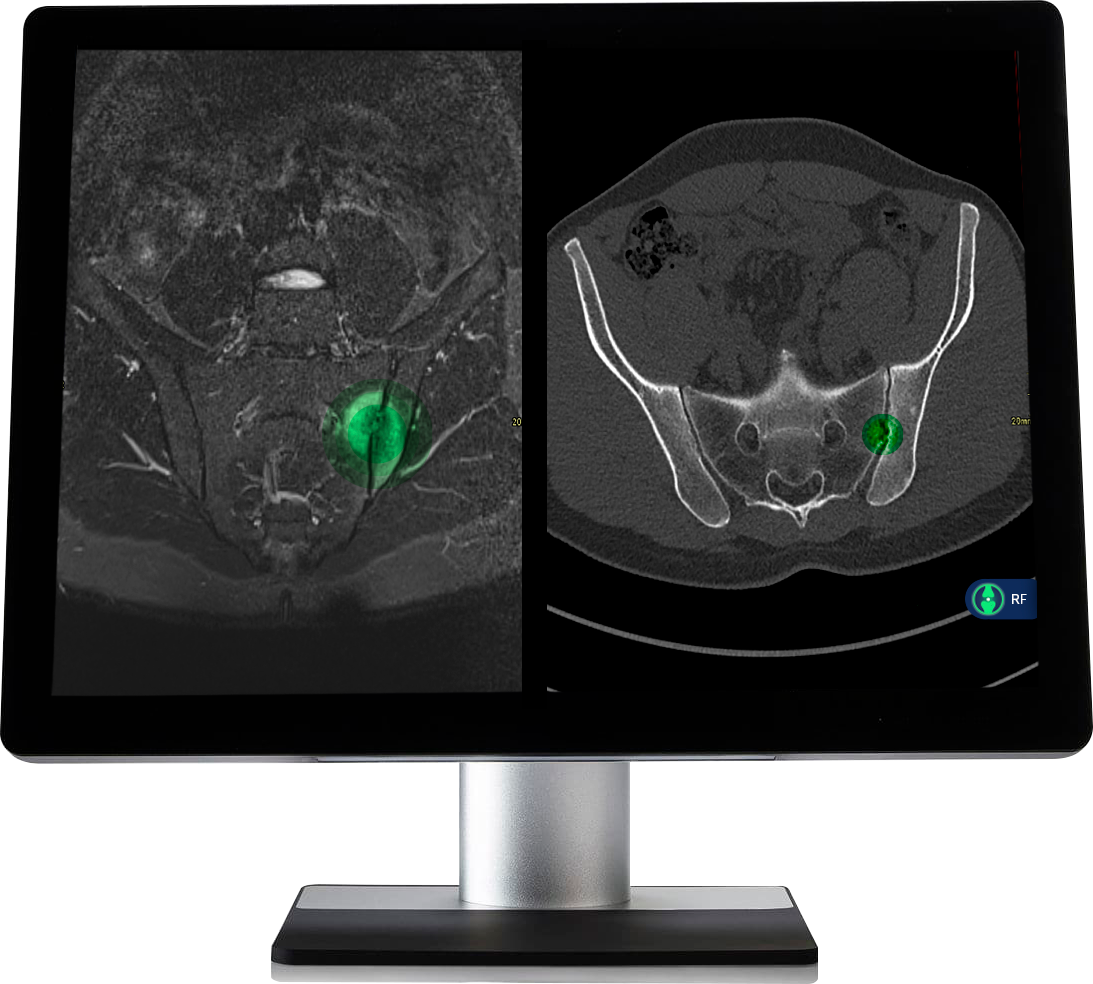
Patient journey
Millions of people could get an early diagnosis
As rheumatic diseases are today not screened for and often remain undetected until irreversible major damage occurs, its early flagging will drastically improve the patient quality of life, reduce healthcare costs and improve decision making in the therapeutic journey.

